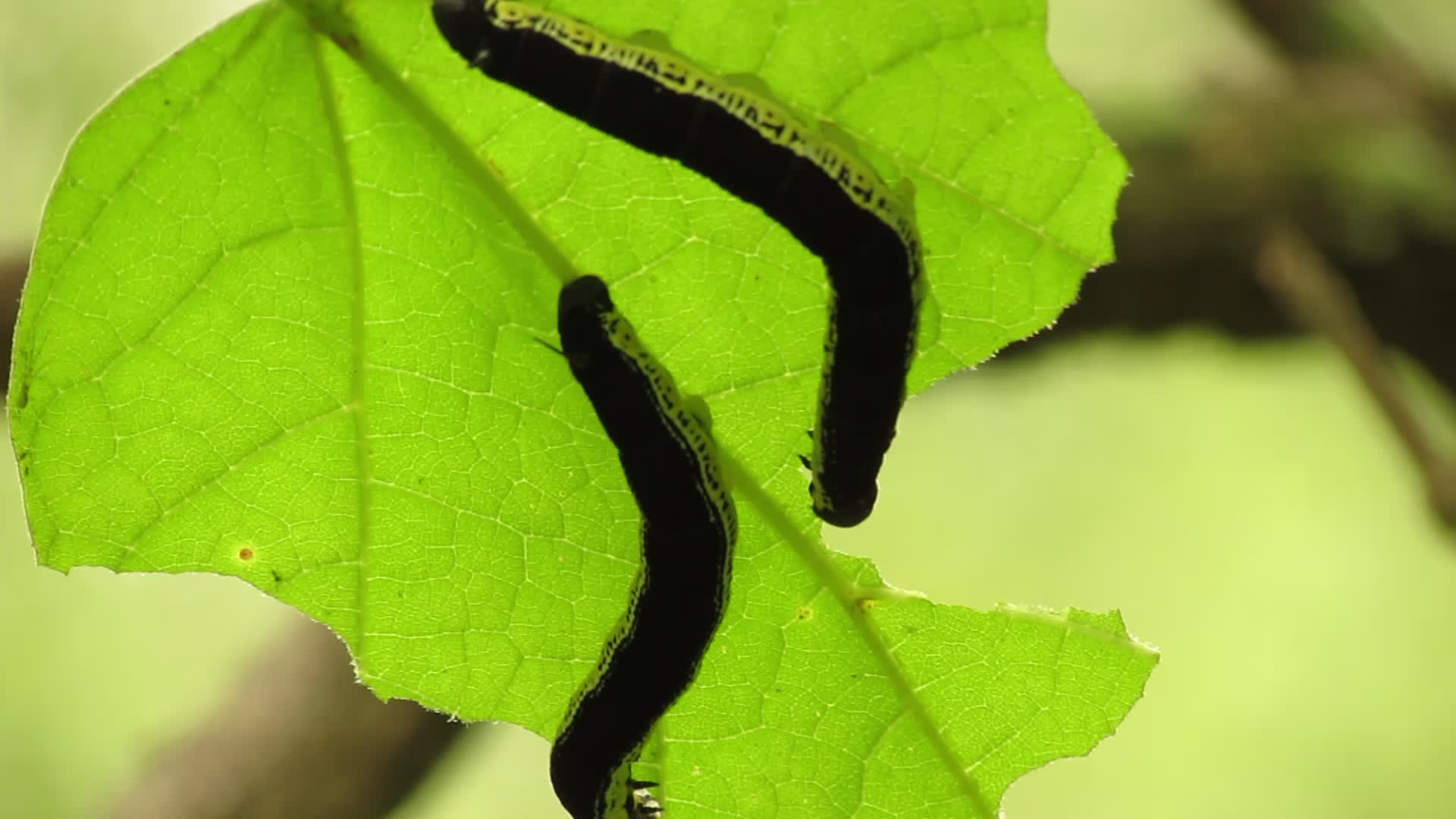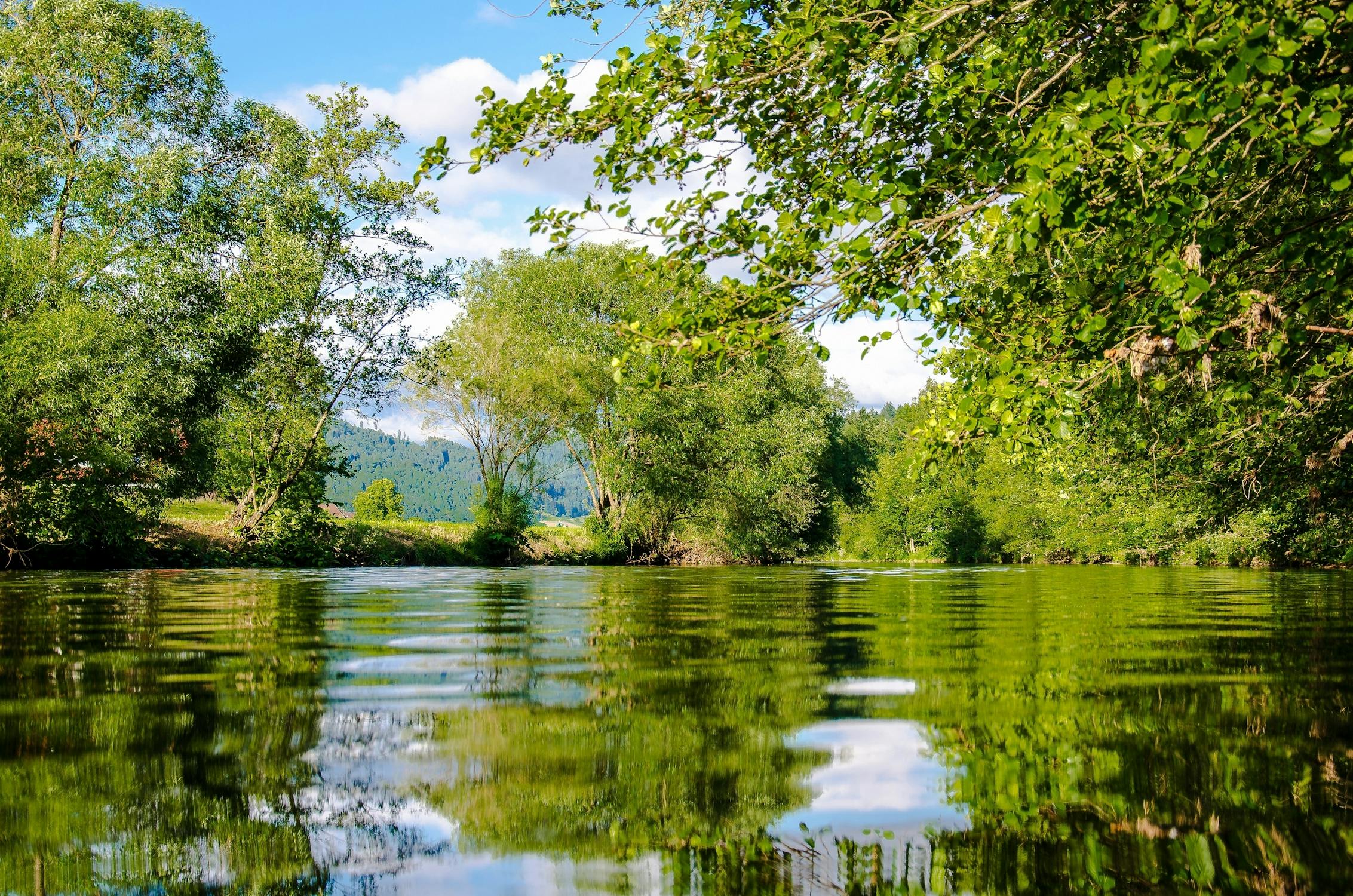Coming from the Piney woods of east Texas, I am used to seeing at least some trees near fishing ponds. Here in the Cross Timbers eco region of Texas however, many ponds are created as stock tanks in cattle pastures or as drainage ponds for fishing without any trees around them at all.
Benefits of Planting and Retaining Trees Near a Fish Pond
As with any land management topic there are competing philosophies about which course of action best suits each scenario.

I'll examine the pros and cons of having trees around your pond. I'll also discuss which trees I consider beneficial to aquatic ecosystems and which can be detrimental and why.
The Pros
- Trees provide shade. Shade can make all the difference for an angler on hot summer days. It inhibits the growth of unwanted aquatic vegetation and algae in the pond. Shade also lowers the temperature of the water. If water is too hot, it will not hold enough dissolved oxygen for aquatic life to survive and could lead to fish kills.
- Woody plants are great at preventing erosion, and removing nutrients and contaminates from soil and water. Agricultural runoff and storm water can add sediment, nitrates, phosphorus, and other trace elements to water bodies. Having a forested buffer around a pond or lake greatly reduces the amount of excess pollutants that reach the surface water.
- Trees provide excellent habitat for wildlife in aquatic settings. Several birds, mammals, reptiles, amphibians, and insects rely on trees for feeding, nesting, breeding, and cover. Ponds without trees don't attract or benefit many wildlife species.
- Trees are aesthetically pleasing. Having complexity in natural settings stirs the imagination, replenishes the spirit, and can be better than any anti-anxiety medications on the market.
The Cons
- In climates with low annual rainfall, fishponds and stock tanks can drop significantly during hot summers. Having trees would only exacerbate this drop in water levels.
- Leaves and debris from trees add organic matter to the water which removes oxygen as it decomposes. Without adequate aeration, water depth, or water replacement from perennial creeks, springs, and spillways, the dissolved oxygen levels can decrease. The extent of this decrease ranges between being insignificant to detrimental for fish populations.
- Roots from trees can interfere with water control structures such as, pipes, drains, dams, and waterfalls. Trees along dams are never recommended because their roots penetrate, die, and leave cavities for water to seep through.
- If trees surround your pond, as is the case for many ponds in forested settings, little wind can reach the surface of the water for natural aeration. See our blog on the effects of pond aeration.
To Plant or Not to Plant Trees Near Your Fish Pond
All that being said, there are always caveats accompanying land management decisions. Any question can be answered with “it depends”. No two ponds or properties are the same and thus each will require specific tailored management for optimal results.
Often there is a wide spectrum of grey area where you may benefit from the right amount and composition of trees on your pond depending on your objectives and the pond’s design.
With the exception of stock tanks for cattle and horses, there is not a scenario in which I would not recommend having at least some trees and vegetation on a pond.
Tree Species to Consider Planting
I have had good experience with some smaller trees including: hazel alder (Anus serrulata), wax myrtle (Myrica cerifera), Japanese maple (Acer palmatum), and button bush (Cephalanthus occidentalis). Plant these trees alone, or in between, or under developed trees to create vegetative cover for wildlife in isolated reaches of your pond.

Larger trees like red maples (Acer rubrum), bald cypress (Taxodium distichum), weeping willow (Salix babylonica), live oak (Quercus virginiana) and catalpa (Catalpa speciosa) are accustomed to growing in or near water and require little to no maintenance. Additionally, catalpas are the host trees for catalpa “worms” that are an excellent source of catfish food and bait. See our post about catalpa worms for more information on them.
Avoid Planting These Tree Species®
Tree species to avoid include the toxic, yews (Taxus spp.), limes (Tilia spp.), and bays (Laurus nobilis). These trees can be harmful to your fish. Sycamore trees (Plantanus occidentalis), cottonwoods and poplars (Populus spp.) have extensive root systems, can be bad for water levels, and drop a considerable amount of organic matter each year. However, if planted at an appropriate distance, they can provide excellent shade and aesthetic appeal. Avoid Mesquite (Prosopis spp.), and water locust (Gleditsia aquatic) because of their thorns. Lastly, avoid Chinese tallow (Triadica sebifera) at all costs! Chinese tallow is an invasive exotic with no natural methods of control, and it has several mechanisms that allow it to outcompete native trees. To learn more about Chinese tallow, you can wait for my upcoming blog post on invasive exotic plants and trees or you can also visit The Texas Invasive Species Institute.





